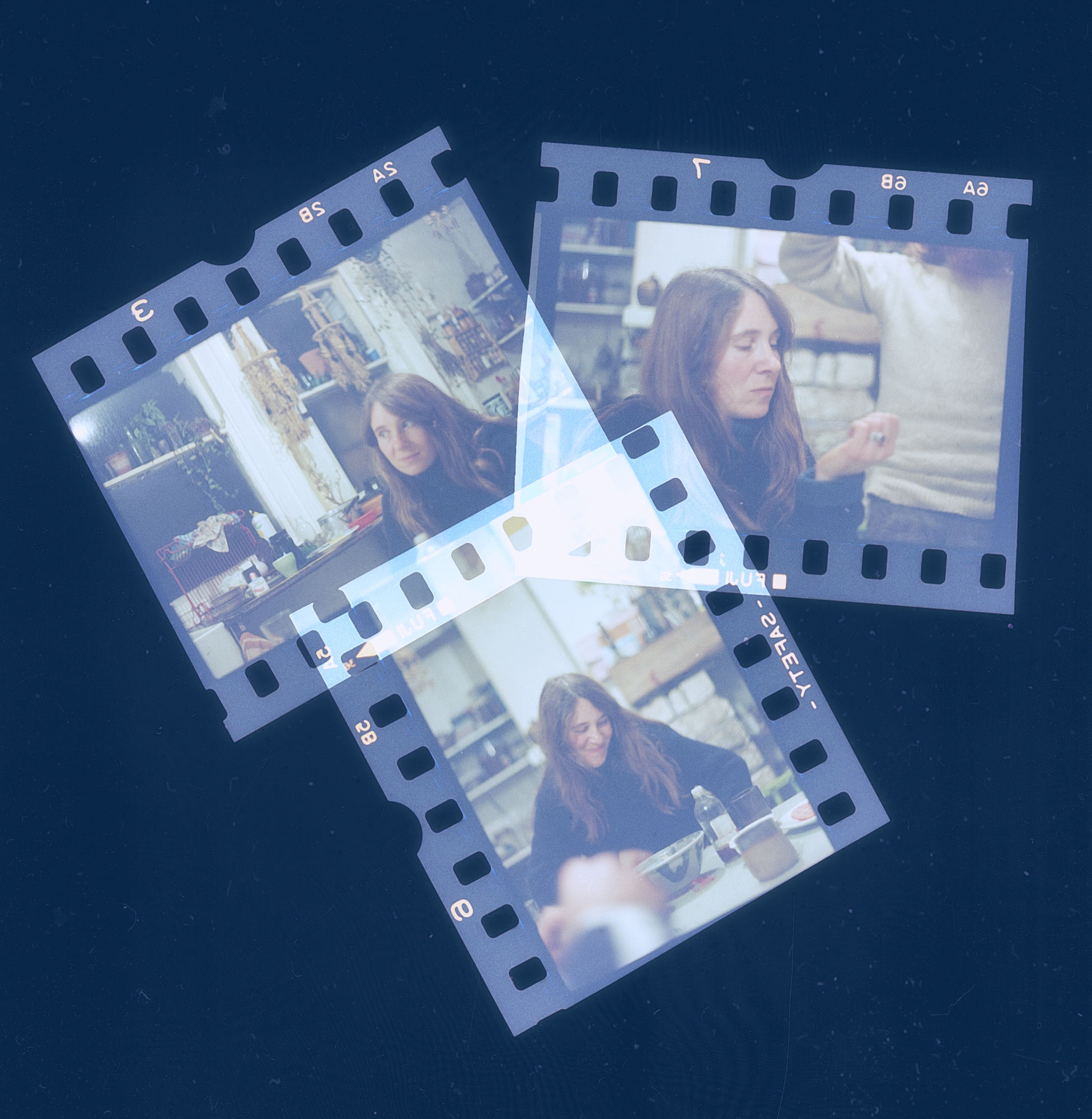I love narrative, I love story-telling. But in my current project Other Mothers I am facing a fresh challenge: A newly formed archive of atomised images drawn from other archives (family albums) both from within my own family and from outside.
Each ‘mother’ has a file, in which potentially suitable images for project work are placed for scanning, which in turn leads to new digital folders, containing atomised files, that sit on my computer.
What I have created is not a narrative but a database (two databases actually – one physical, one digital). And this has put my current work into a particularly challenging area for a man who makes his crust from stories, from narratives.
In Staging the Archive, Ernst Van Alphen writes: “Narrative creates a cause and effect trajectory for representing the world. The kind of imagination proposed by the database appears to be spatial, whereas narrative organises experience first of all on a temporal basis.”
As I look over my database of other mothers, I am realising I am the narrative, the string that joins these various people together. My Other Mothers do indeed take on a spatial form, living as they did, and do, across a wide terrain, and their images act as portals of memory to earlier times, moments and places.

And yet my database is not static. It has changed, as images are brought in while others are taken out, decisions driven largely by some arbitrary sense of what ‘feels right’. A kind of order imposition, the creation of an ‘inside’ the database and delineated ‘outside’. Even writing these words reminds me of my compulsion for Lego as a child, itself an activity of imposing order through shape and atomised bricks, itself a sculpted database of sorts.
Which in turn takes us to Jacques Derrida for whom the archive is not merely a material place in which knowledge is stored but a general feature of our mental lives.
“This aspect,” writes Van Alphern, “can be examined most obviously, through the work of Freud.”
And as Terry Cook and and Joan Schwartz remind us memory is not something found and collected in the archives but is made in the archive and continually remade.
References
Ernst Van Alphen (2014). Staging the archive : art and photography in the age of new media. London: Reaktion Books.
Cook, T., Schwartz, J.M. Archives, records, and power: From (postmodern) theory to (archival) performance. Archival Science 2, 171–185 (2002). https://doi.org/10.1007/BF02435620




